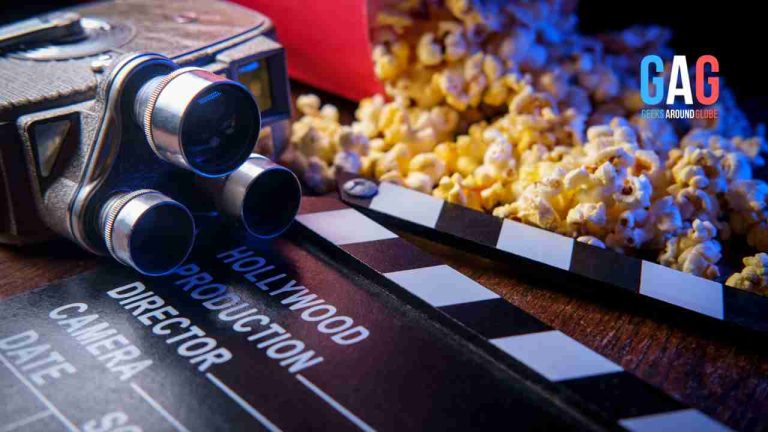In the realm of digital innovation, the creation of believable digital doubles marks a pinnacle achievement. The artistry lies not only in replicating physical forms but also in infusing them with human-like emotions and gestures. The seamless fusion of realistic facial expressions and body language adds a layer of authenticity that resonates deeply with audiences. In this article, we uncover the art of crafting lifelike emotions and movements in digital doubles, unveiling tips that elevate them to the heights of believability.
The Artistry of Emotion: Realistic Facial Expressions
Facial expressions are the windows to the soul, conveying a spectrum of emotions that connect us to the digital doubles on a visceral level. Achieving convincing facial expressions is a delicate interplay of technology, artistic skill, and human psychology.
- Reference and Observation
The foundation of realistic facial expressions lies in keen observation of real-world emotions. Artists study human faces in various emotional states, capturing the subtle shifts in muscles, wrinkles, and micro-expressions. Reference photographs and videos become invaluable resources for creating authentic emotional ranges.
- Blend Shapes and Morph Targets
Blend shapes and morph targets are techniques used to control different regions of the face individually. By manipulating these targets, artists can achieve precise facial movements that replicate real-world expressions. A combination of small adjustments results in a lifelike emotive range, enabling digital doubles to smile, frown, and express a plethora of emotions.
- Facial Rigging and Controllers
A well-designed facial rig is crucial for achieving realistic facial expressions. Rigging involves creating a network of control points that manipulate different parts of the face. The use of controllers enables artists to fine-tune the intensity and subtlety of facial movements, ensuring that expressions are both emotive and natural.
Breathing Life into Motion: Convincing Body Language
Body language is the unspoken language that communicates emotions, intentions, and personality. For digital doubles, mastering body language is key to making them feel human and relatable.
Motion Capture
Motion capture technology records real-world movements and transfers them to digital characters. By capturing the nuances of body language, animators can infuse digital doubles with authentic gestures, postures, and movements. This approach ensures that the character’s motions are grounded in reality.
Emotional Posing and Timing
Understanding the timing of movements is essential for conveying emotions convincingly. For instance, a hesitant or anxious character might exhibit slower, more deliberate movements, while an excited character’s actions may be swift and dynamic. Posing that reflects emotional states enhances the character’s relatability, enabling audiences to connect with their experiences.
Secondary Motion and Subtle Details
The magic of realism lies in the subtleties. Incorporating secondary motion – the subtle reactions that follow primary movements – adds depth to body language. A character’s slight shoulder twitch when they laugh or the way their clothing reacts to movement enhances the illusion of life.
The Harmony of Technology and Artistry: Achieving Believability
Crafting believable facial expressions and body language in digital doubles is a blend of artistic insight and technological prowess.
Emotional Research and Empathy
Understanding human emotions goes beyond visual observation. Empathy is a vital tool for artists, enabling them to channel emotions into their creations authentically. Embracing the essence of what makes us human enhances the depth of digital doubles’ emotional range.
Iteration and Feedback
Perfecting authenticity requires iterative refinement. Animators and artists continuously review and adjust facial expressions and body language, seeking feedback and making incremental improvements. This iterative process hones the believability of the digital double over time.
To sum this article up
The pursuit of realism in digital doubles encompasses a delicate balance between technological precision and artistic intuition. By incorporating realistic facial expressions and body language, digital doubles transcend mere visual replicas to become vessels of emotion and humanity. The meticulous study of human behavior, the mastery of intricate techniques, and the infusion of authentic emotion coalesce to create digital doubles that mirror our own experiences, fostering a connection that transcends the virtual realm.







